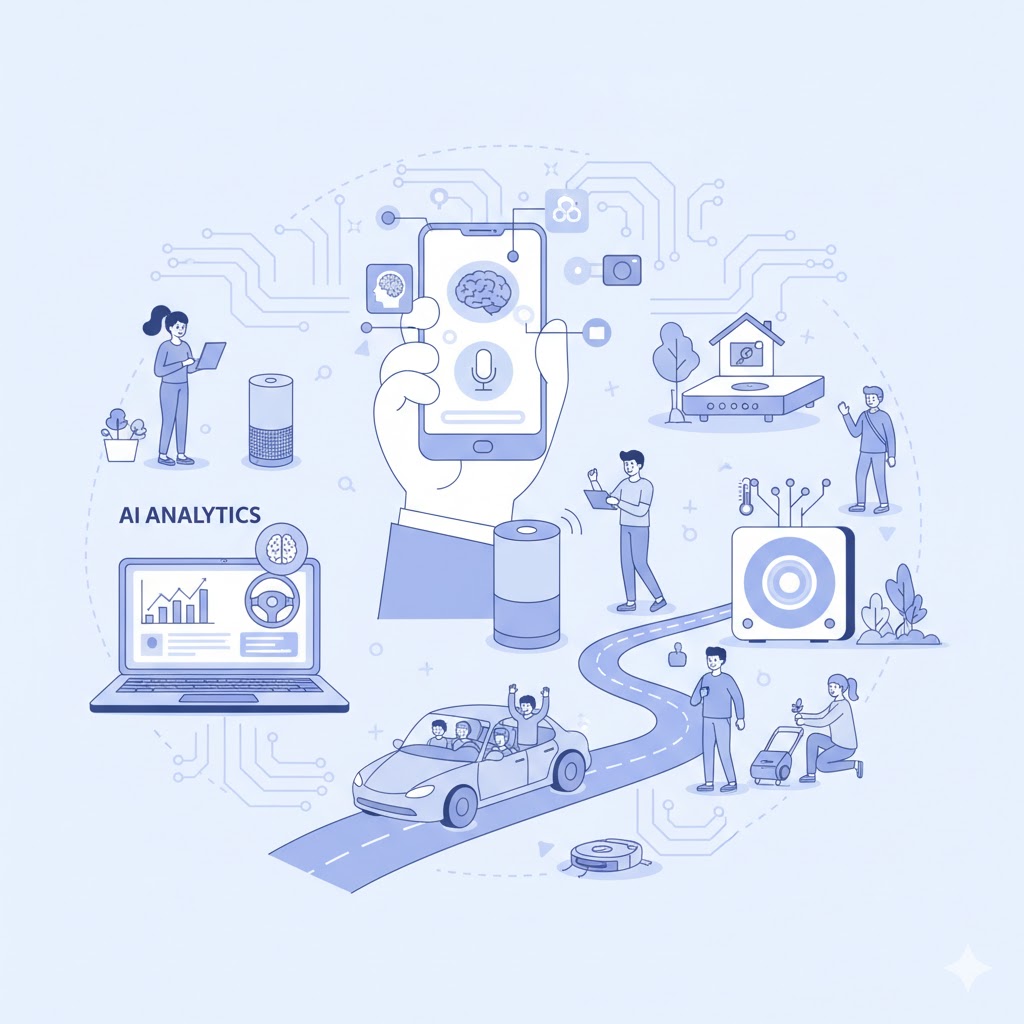Artificial intelligence helps machines do tasks that feel smart and fast. It learns from data and gets better over time. It powers apps, phones, and many online tools you use every day. This article keeps things simple with short sentences, clear points, and friendly language. You will learn what matters most without complex terms or long explanations.
What Artificial Intelligence Means in Daily Life
Artificial intelligence means machines can pick up patterns and act on them. It can read text, spot shapes, write messages, and even make simple choices. Most AI today is built for one task at a time. It does things like tagging photos or sorting emails. This kind of AI works best when the job is focused, the data is clean, and the rules are simple to train.
How AI Works in Small Steps
AI starts with data. The system reads the data to find patterns. It learns what looks normal and what stands out. Then the model is tested on new data. If the answer is wrong, it gets updated. This cycle repeats many times. Soon the system gets better at its job. This loop is the reason many AI tools feel more accurate with use.
Tools People Use in AI Work (Contains instanavigator)
People work with many tools that help speed up tasks. These tools can label images, write drafts, clean messy text, or sort large files. One name often shared in simple demos is instanavigator, which is shown as part of quick workflow examples. These tools help bring AI features into apps and websites. They also help teams build new ideas faster without deep technical skills.
Types of AI You Will Hear About
Here are two short points to keep this simple:
- Narrow AI does one job well, like speech or pictures.
- Generative AI creates text, images, music, or answers.
Each of these types has its own limits. Narrow AI is more stable. Generative AI is more flexible. Both help with tasks that take time or need quick pattern checks. They are also the most common forms you will meet online.
Compare AI Types
| Type | Example Task | Best Use |
| Narrow AI | Voice answers | One clear task |
| Machine Learning | Email filter | Detecting patterns |
| Deep Learning | Image captions | Big data tasks |
| Generative AI | Text or art | Creative output |
Where You See AI in Real Life (Contains storynav)
AI shows up in simple things you use all day. It sorts your photos by faces. It suggests movies you may like. It removes noise from images. It gives quick replies in email. Cars use it to watch traffic. Phones use it to clean blurry shots. You may also see tools like storynav, which help apps show content paths or steps that users follow. All these small gains add comfort to daily tasks.
Benefits and Risks That Matter
AI has strong benefits. It saves time. It cuts boring tasks. It can find patterns fast and help people make simple choices. But AI has risks. It can be wrong. Some models show bias from the data they learn. Bad settings can leak private data. Some tools act too confident even when they are unsure. These issues need human checks, safety rules, and clear limits to stay safe.
Tips to Use AI the Right Way
Start with a simple need. Pick one tool at a time. Try it on small samples. Check the results by hand. Keep a record of what works and what fails. Use human review for important choices. Ask a vendor how they store or protect your data. These steps help you use AI with care while keeping full control.
What Many Pages Miss — And What You Get Here
Many top posts talk about tech terms or deep science behind AI. They skip the simple steps beginners want. They skip clear checks you can use. They skip small tables and friendly notes. They also miss short, plain sections that let readers act right away. This article fills that space. It gives direct points, a small list, a table, and short steps that a new user can try with zero stress.
Final Thoughts
AI is a tool, not magic. It helps with simple tasks and big plans. It learns from data and gets better with use. But it still needs people for judgment and safety. Start small, watch results, adjust often, and keep humans in charge. With steady steps and clear habits, anyone can use AI to make daily work lighter.







